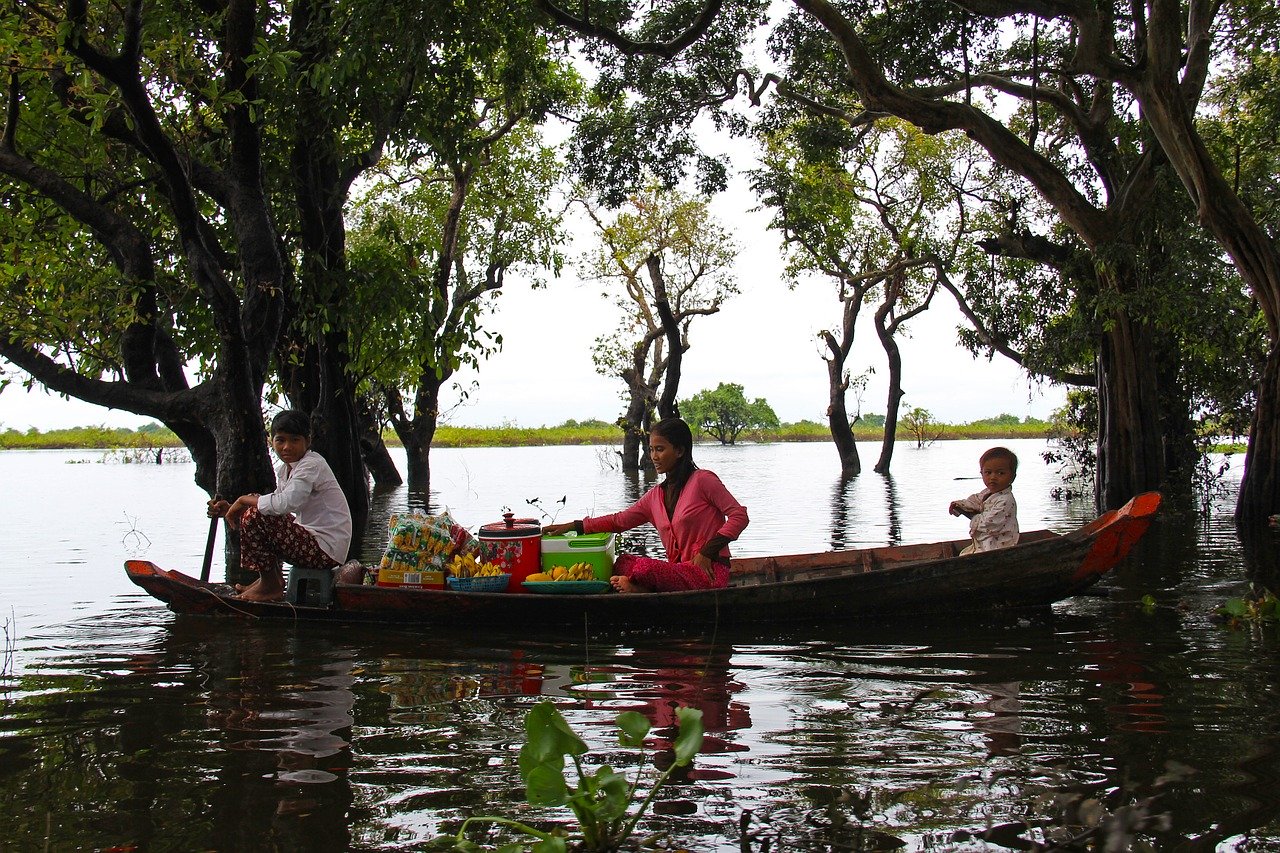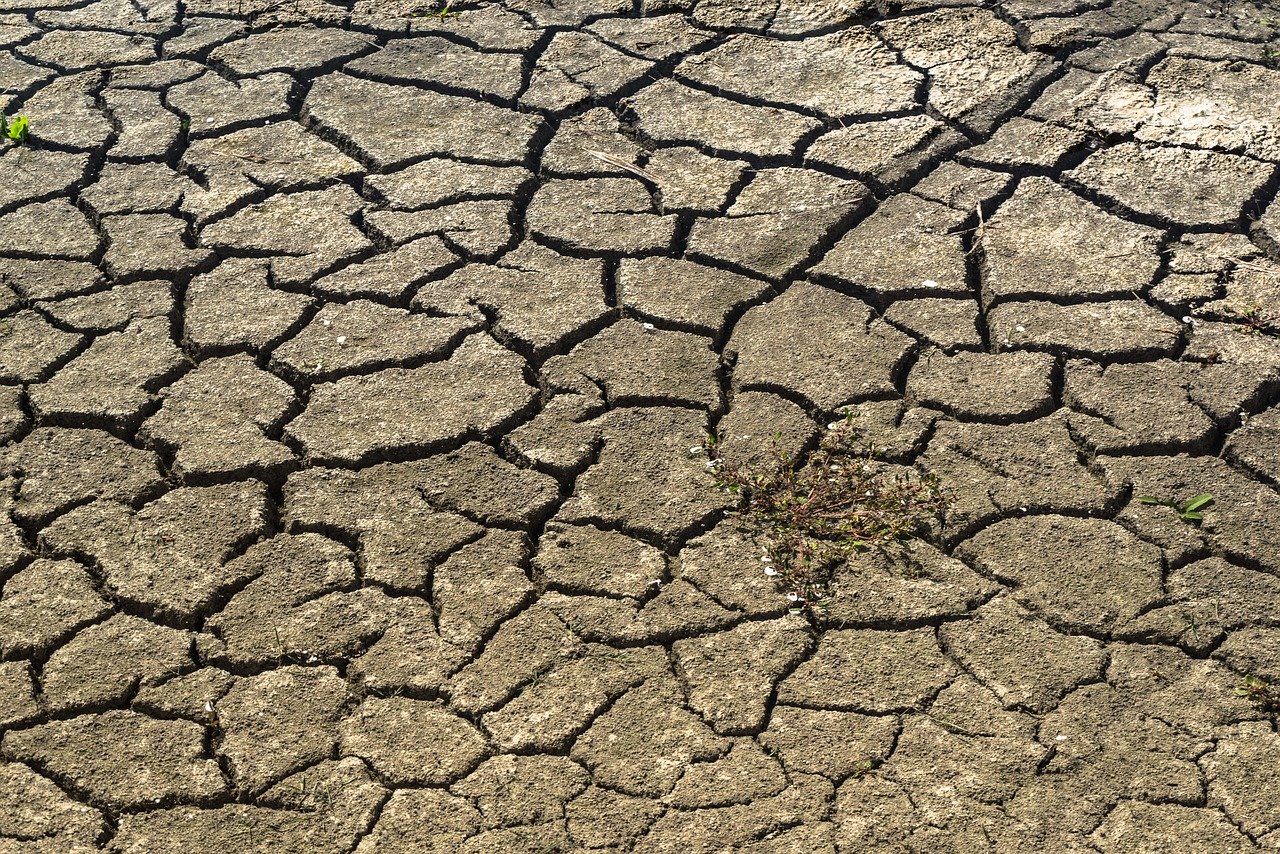by Carol R. Ember, HRAF President

For the last five years, researchers affiliated with HRAF’s Advanced Research Center have conducted cross-cultural and cross-archaeological research on the possible effects of natural hazards and other ecological stressors on culture. Our overarching concern is how accelerating climate change might affect social and cultural life. Can we learn from the past how best to adapt to environmental unpredictability? Examining indigenous practices may help suggest practical sustainable solutions for food insecurity in response to climate change.
Our strategy has been to try to understand how human societies in the past and present, with varying livelihoods and vulnerabilities, have responded to natural hazards and resulting disasters. Policymakers may invent attractive solutions, but such solutions may be less likely to work than those that have been effective in the past. We assumed that societies surviving over time in hazard-prone environments have managed to arrive at some adaptive solutions. Accordingly, we conducted research using worldwide samples of traditional societies of the recent past, as well as ancient societies in prehistory, to uncover how societies fared and reacted to hazards and other stressors.
Our three recently published papers have asked the following questions:
1) Is subsistence diversification a common strategy in societies facing more hazards and resource stress?
2) Is cultural tightness more likely with greater ecological stress?
3) What kinds of societies were more resilient following the catastrophic darkening of the skies in 536-547 CE in the northern hemisphere?

The findings presented in Nature Sustainability (June 1, 2020) support the idea that subsistence diversification is adaptive in societies facing more climate unpredictability and resource stress. When we looked at the literature about other animal species, we found that some species were specialists and others were generalists, relying on many strategies. Ecologists point to some advantages to specialization. Specialists presumably are very adept at their strategy and probably do not have to travel far to acquire resources. Conversely, generalists, might be less skilled at any particular strategy and have to travel more, but they also have the advantage of additional strategies to fall back upon if one strategy fails. This suggested to us that human societies with little subsistence diversity might thrive in predictable environments, whereas those with more diversity might excel in unpredictable environments.
Humans are probably the most generalist species on earth. Indeed, judging from data that we collected from eHRAF World Cultures, most societies in our sample have considerable diversification of subsistence. Nonetheless, some societies diversify more than others and they tend to live in more unpredictable environments and have more chronic food scarcity. Somewhat to our surprise, we found that chronic resource scarcity is a better predictor of diversification than food-destroying natural hazards or famine. We suggest that experiencing annual food shortages would motivate individuals, communities, and their leaders to look for solutions, including diversifying subsistence. The relatively rare and intermittent impacts of food-destroying natural hazards and famine may be less motivating to individuals than experiencing persistent hunger year after year.
In previous research conducted in the United States and other countries Michele Gelfand and colleagues presented support for tightness theory, the idea that societies react to the challenges of ecological threats such as resource stress and warfare by becoming culturally tighter, strengthening norms, and imposing harsher punishments for deviant behavior. Tightness theory suggests that strong norms are adaptive in these circumstances because they reinforce needed cooperation and coordination. Does this theory apply to societies in the anthropological record?

Our project measured tightness and looseness in 6 domains of culture using data from eHRAF World Cultures. The results of our study published on July 1, 2020 in Proceedings of the Royal Society B generally supports the theory that ecological threat may increase cultural tightness. The most predictive threats are food scarcity, population pressure, warfare, and pathogen prevalence. Because the societies we selected were largely nonindustrial, we were also able to examine variation in societal complexity and type of marital residence (matrilocality, bilocality, and patrilocality). Tightness is also predicted by greater societal complexity. Interestingly, we found that societies organized around women were looser than those organized around men. Like previous research, tightness also predicts more authoritarian leaders and beliefs in moralizing gods in our sample.
From 536-547 CE, there were three massive volcanic eruptions in the Northern Hemisphere that darkened the sky and dramatically cooled the weather. The sun only shone feebly for a few hours a day. What were the effects on society? In particular, were societies that had more political participation more resilient or were those that were tighter more resilient? Using a before-and-after “natural experiment”, archaeologist Peter Peregrine used archaeological data from 20 locations to see how much society and culture changed from about 20 years before the volcanic eruptions to about 20 years after the eruptions. Those cases that changed less were considered more resilient.

The results, reported in Weather, Climate, and Society (June 30, 2020) lend support to the theory that more participatory societies have more resilience to these catastrophic events. In contrast to the expectations from tightness theory, culture tightness did not provide more resilience. Peregrine was surprised that tightness theory had little support since other research generally supports it. He speculates that a major difference between his findings and the tightness findings may be the scale of the disasters. The 536-547 CE events were catastrophic and extremely broad in scale. In contrast, the scale of many hazards experienced by countries and societies are more localized and less devastating. An adaptive response to localized hazards may be the production of a tight, strongly cohesive, group of individuals who can act as “first responders” to their local group. Alternatively, with a massive catastrophe, it might be more adaptive to have multiple polities and more flexible individuals to come up with creative solutions.
References
Ember, Carol R., Erik Ringen, Jack Dunnington, Emily Pitek. (2020). Resource Stress and Subsistence Diversification Across Societies. Nature Sustainability 01 June. DOI.
Jackson, Joshua C., Michele Gelfand, and Carol R. Ember. (2020). A Global Analysis of Cultural Tightness in Non-Industrial Societies. Proceedings of the Royal Society B. DOI.
Peregrine, Peter N. (2020). Social Resilience to Climate Change during the Late Antique Little Ice Age: A Replication Study. Weather, Climate, and Society, 12(3), 561-573. DOI.